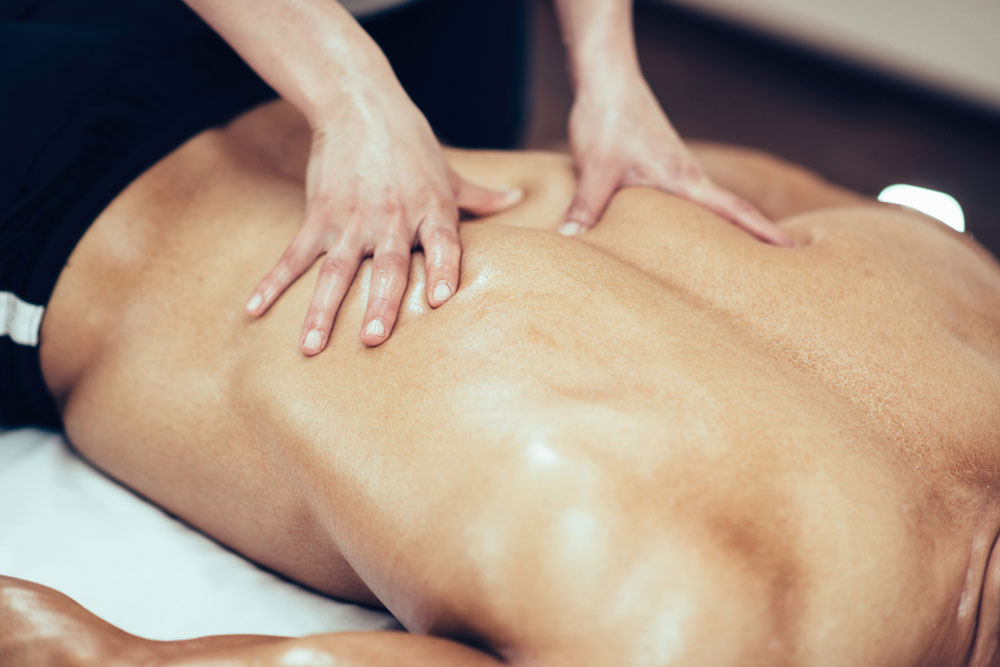Exploring Massage Therapy Education: What You Need to Know
Discover the essentials of massage therapy education, including course requirements, costs, licensing, and income prospects. Learn how specialized training can open doors to a rewarding career in helping others feel better through therapeutic massage techniques. Whether aiming for a quick certification or a comprehensive program, this guide covers all you need to know to start your journey in massage therapy.
Sponsored

Understanding Massage Therapy Schools
Many individuals are unaware that specialized massage therapy programs teach techniques that promote relaxation and healing through physical manipulation of muscles and soft tissues. This profession is focused on improving wellness by alleviating pain, reducing stress, and enhancing overall comfort. Enrolling in a massage therapy training program can lead to a fulfilling career where you directly help others feel better and manage discomfort.
By offering massage therapy, professionals can ease clients' pain and tension through various techniques. To become licensed, students should attend a recognized massage school.
Swedish massage is the most common foundational technique taught in most programs. Additional specialties include prenatal, sports, pediatric, and infant massage, among others. Certified practitioners are known as massage therapists.
Prerequisites:
A high school diploma or equivalent is required to enroll in a massage education.
Keep in mind that this career demands physical stamina because therapists often stand for long periods and perform many massages daily. Physical fitness and endurance are essential traits for success in this field.
Educational Expenses:
The cost varies depending on the institution and course length. Achieving licensure involves completing at least 500 hours of practical experience. Course durations range from six months to two years, with tuition costs exceeding $15,000. Ensure that the school is accredited—information is available through the U.S. Department of Education’s database—and consider exploring financial aid options like loans or grants.
Liability Coverage for Students:
During training, most practice involves massages on classmates or clients at discounted rates. Accidental injury may occur, and student liability insurance can safeguard against potential lawsuits. This coverage often is included in tuition and terminates post-graduation, after which professional liability insurance is necessary.
Licensing Exam – MBLEx:
The Massage and Bodywork Licensing Examination (MBLEx), managed by the Federation of State Massage Therapy Boards, is required to obtain a license to practice in the U.S. Some states may have additional requirements. Preparation materials are accessible online to help candidates succeed and ensure they meet licensing standards.
Income Expectations:
Earnings for massage therapists vary based on education, specialization, and client demand. Working for established clinics often offers higher pay, while independent practice provides more control over clients. This profession is ideal for those truly passionate about wellness and helping others, offering rewarding career opportunities even though it’s less commonly chosen.





